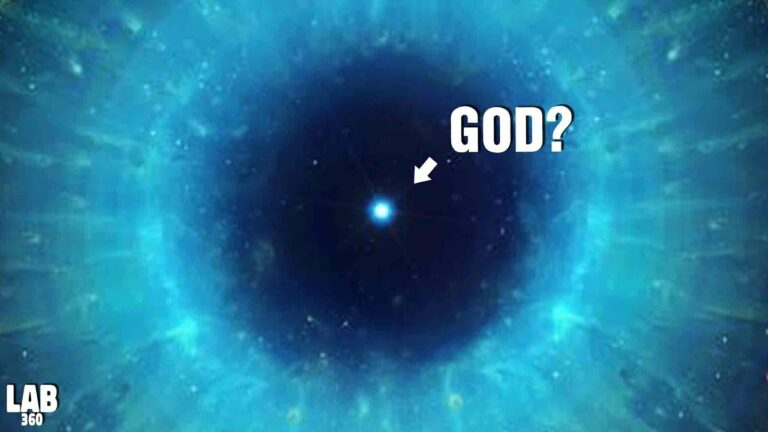James Webb Telescope FINALLY Found Nanocrystals At The Edge Of Universe!
Nanocrystals are tiny crystalline structures with dimensions on the nanometer scale, typically ranging from a few nanometers to a few hundred nanometers. These nanoscale structures can be composed of various materials, including metals, semiconductors, oxides, and other compounds. Nanocrystals possess unique properties and find applications in a wide range of fields, including materials science, electronics, medicine, and more. Here are some key characteristics and applications of nanocrystals:
1. Size: The defining feature of nanocrystals is their small size, typically falling within the nanometer range (1 nanometer = 1 billionth of a meter). This small size imparts them with distinct properties not found in bulk materials.
2. Size-Dependent Properties: Nanocrystals often exhibit size-dependent properties. As their size decreases, properties such as optical, electrical, and magnetic characteristics can change. This is due to quantum confinement effects, where the quantum behavior of electrons and other particles becomes significant on the nanoscale.
3. Synthesis: Nanocrystals can be synthesized through various methods, including chemical synthesis, sol-gel processes, and physical vapor deposition. The choice of synthesis method and conditions can influence the size, shape, and properties of the nanocrystals.
4. Optical Properties: Many nanocrystals exhibit unique optical properties. For example, semiconductor nanocrystals, known as quantum dots, can emit light of different colors depending on their size. Quantum dots have applications in displays, imaging, and photovoltaics.
5. Electronic Properties: Nanocrystals can be used in electronic devices. Semiconductor nanocrystals are employed in transistors, LEDs, and solar cells. The small size and quantum effects can enable the tuning of electronic band structures.
6. Magnetic Properties: Magnetic nanocrystals are used in data storage, sensors, and medical applications. The size and shape of the nanocrystals influence their magnetic properties.
7. Catalysis: Nanocrystals have shown promise in catalytic applications. The high surface area and size-dependent reactivity make them suitable for catalyzing chemical reactions, such as in fuel cells or industrial processes.
8. Drug Delivery: Nanocrystals can be utilized in drug delivery systems. They can encapsulate drugs and deliver them to specific targets in the body, improving drug efficacy and reducing side effects.
9. Biomedical Imaging: Some nanocrystals are used in medical imaging, such as quantum dots in fluorescence imaging. They provide a means to label and track cells and biological molecules.
10. Materials Reinforcement: Nanocrystals can be added to composite materials to enhance their mechanical, thermal, and electrical properties. This is particularly valuable in the development of advanced materials for aerospace and automotive industries.
11. Energy Storage: Nanocrystals have been studied for use in energy storage systems, including batteries and supercapacitors, to improve their performance.
Nanocrystals have revolutionized various fields of science and technology due to their unique properties and versatility. Researchers continue to explore new materials and applications for nanocrystals, making them an exciting area of study and innovation.
With its unmatched vision of the universe, the James Webb Space Telescope keeps offering scientists enthralling discoveries that keep the scientific community interested.
And now Webb’s extraordinary capacity has allowed to study the incredibly delicate impacts of crystals on starlight, from a distance of more than seven million billion miles away, revealing crucial information on the makeup of exoplanet atmospheres and fresh insights into their weather.
Do not forget to share your opinion with us to provide you with the best posts !




0 Comments